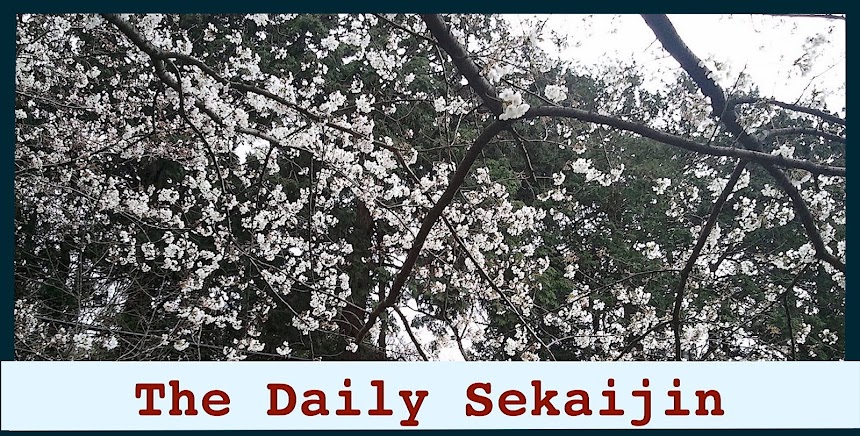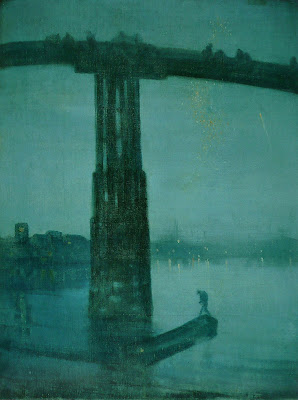Hello!
How are you? Here are some more notes for all of you about summaries and outlines.
About summaries
Think of a summary as a statement of purpose (SOP) about your presentation or writing topic. It should be a compacted version of every aspect of your topic.
First, show some background to the topic:
例えば:There have been many great partnerships, as well as rivalries, in the history of science and technology. Perhaps no rivalry was greater than that between Thomas Edison and Nikola Tesla.
Next, show a connection between the background and what you will present or write about:
There have been many great partnerships, as well as rivalries, in the history of science and technology. Perhaps no rivalry was greater than that between Thomas Edison and Nikola Tesla. While both figures are crucial in the development of the practical application of electricity to everyday life…
Then, come in with what you will directly present or write about:
There have been many great partnerships, as well as rivalries, in the history of science and technology. Perhaps no rivalry was greater than that between Thomas Edison and Nikola Tesla. While both figures are crucial in the development of the practical application of electricity to everyday life, this presentation/report will show that Edison may have been the greater figure given the numerous applications of electricity he made possible through his inventions.
This summary runs to only 71 words in total, but it captures completely the background to the topic, and the presenter's or writer's purpose with the topic.
This is what you should try for in the final versions of your summary writing.
About outlines
As I mentioned in class, the language in an outline should be cut down to the minimum - no complete sentences and only keywords and key phrases. An outline really is a guideline of points for your presentation topic, so it should be as concise (簡明) as possible.
Look at this example of a completed outline, with a title. This is what you should try for in your outline writing. While this example is a little small, you can expand it on your screen:
Next, show a connection between the background and what you will present or write about:
There have been many great partnerships, as well as rivalries, in the history of science and technology. Perhaps no rivalry was greater than that between Thomas Edison and Nikola Tesla. While both figures are crucial in the development of the practical application of electricity to everyday life…
Then, come in with what you will directly present or write about:
There have been many great partnerships, as well as rivalries, in the history of science and technology. Perhaps no rivalry was greater than that between Thomas Edison and Nikola Tesla. While both figures are crucial in the development of the practical application of electricity to everyday life, this presentation/report will show that Edison may have been the greater figure given the numerous applications of electricity he made possible through his inventions.
This summary runs to only 71 words in total, but it captures completely the background to the topic, and the presenter's or writer's purpose with the topic.
This is what you should try for in the final versions of your summary writing.
About outlines
As I mentioned in class, the language in an outline should be cut down to the minimum - no complete sentences and only keywords and key phrases. An outline really is a guideline of points for your presentation topic, so it should be as concise (簡明) as possible.
Look at this example of a completed outline, with a title. This is what you should try for in your outline writing. While this example is a little small, you can expand it on your screen:
I have labeled what each of the sections, main ideas/subheadings, supporting points, and details of supporting points mean, and how they are organized together in the outline.
This is what the final versions of your outlines should look like - keywords and key phrases only!
I hope these notes can help you with your summary and outline writing. Good luck!
Image: Copyright-free photograph from Apple Photo Gallery.



















